1025-hp Demon 170 is Challenger’s tire-melting last call
Dodge turned the automotive world on its ear when the manufacturer launched the 840-horsepower SRT Demon in 2018. In addition to brute power, the drag-race-focused Challenger used transmission tricks and drag slicks (OK, so the radials did actually have tread on them) to deliver a muscle car that served up a nine-second quarter-mile straight from the factory. No mods necessary.
Now, Dodge has turned the dial up to 666 to give the V-8-powered Challenger—now in its final year of production—a whopping 1025 E85-fueled horsepower!
Even on premium E10 gas you can buy at the pump, when running a more conservative tune due to the lower octane rating, the 6.2-liter Hemi in the Demon 170 churns out an impressive 900 horsepower and 810 lb-ft of torque thanks to a host of performance upgrades.

What kind of performance can we expect from this drag-strip beast? Dodge promises 0 to 60 mph in 1.66 seconds and quarter-mile elapsed times of just 8.91 seconds, making this the first factory production car to dip into the eights.
“To celebrate the end of the Hemi muscle-car era, we pulled off all the governors to reach a new level, a new benchmark of ‘factory-crazy’ production car performance,” said Tim Kuniskis, CEO of the Dodge brand.
The Demon 170 picks up where the last Demon left off but uses a 3.0-liter supercharger that’s based on the unit used on the larger, 426-cubic-inch (6.9-liter) Hellephant crate engine. The Demon 170’s 105-mm throttle body pulls in air and the supercharger crams it into the cylinders at 21.3 psi, 30 percent more airflow than the Hellcat Redeye. That explains why the Demon 170 makes its peak horsepower at 6500 rpm, rather than at 6300, where the Hellcat Redeye maxed out, even though both models’ engines use the same camshaft.
That cam is pretty much the only thing the two engines share, since every other aspect of the Hemi was upgraded to handle the extra cylinder pressure—up to 2500 psi when using full E85 fuel.

Upgrades start at the foundation. The 6.2-liter block, cast from iron from its beginning, was modified to accept new fasteners for billet-steel main caps, which increase clamping pressure* by 44 percent. Likewise, the cylinder heads were machined for head studs that provide 38 percent more clamping force.
(*Educational side note: Imagine changing a tire, and using a breaker bar to twist each lugnut back onto its bolt. As you tighten, or torque, a lugnut, you’re stretching the bolt. As the bolt tries to contract to its original length, it’s resisted by the nut, and voilà: The clamping force that, in this example, holds wheel onto hub. More, larger, or stronger bolts can provide greater clamping force before failure.)
The Demon 170’s engine also uses new connecting rods, and new rod- and main-bearings, to hold up to the intense cylinder pressure. The modifications allow the 6.2-liter Hemi to consume much more air—and fuel. Dodge noted the injectors flow 164 gallons of fuel per hour, more than your average U.S. shower head. That’s to be expected, as the stoichiometric air-to-fuel ratio for E85 is around 9.7:1 compared to 14.7:1 for gasoline.
By the way, the “170” in the name is a callout to E85, as its 85 percent alcohol makes it 170 proof. Dodge teased the ethanol fuel with moonshine jugs shown in previous sneak-peek videos.

The ethanol is key to making the Demon 170’s full 1025 horsepower. There’s no black key and red key like the last Demon. Instead, the Demon 170’s horsepower output is based on the state of tune and changes depending on what kind of fuel it senses. When the vehicle detects at least 20 percent ethanol, a gas-pump icon in the instrument panel lights up white. When at least 65 percent is detected, the icon changes to blue and all 1025 horses are ready to play. Game on.
It’s not going to be easy to get all that Hemi’s torque to the ground. To keep the drivetrain from grenading after multiple wheels-up launches, Dodge beefed up the Demon 170’s drivetrain with a new differential casting that houses a larger, 240-mm ring gear. Everything that bolts to the diff’s center section is more robust as well, with new, 43-spline halfshafts and a driveshaft that’s 30 percent stronger than the Challenger Redeye’s.
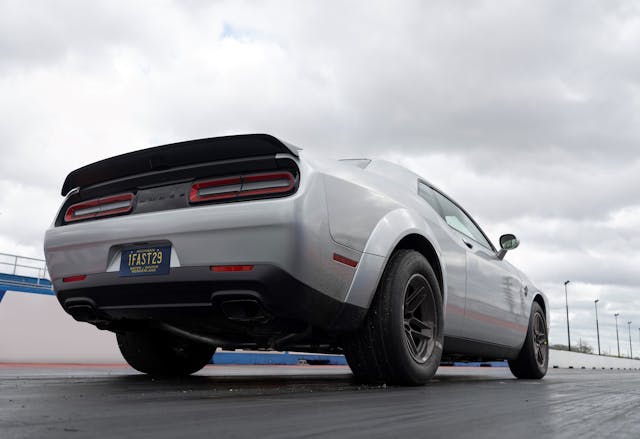
Dodge developed a Demon 170–specific set of 315/50R17 Mickey Thompson ET Street R drag radials and tasked them with the most difficult chore: maintaining traction. A narrower set of Mickey Thompson 245/55R18 ET Street front tires sit up front and are hopefully just along for the ride on most track passes. That strange, staggered wheel sizing means there are widebody fender flares on the rear but on not the front, which helps keep weight down. (And is a handy cue for car-spotters.)
The smaller front wheel and tire, plus the single set of flares, shed 17 pounds from the front compared to a Challenger Hellcat Redeye Widebody, but there are more weight savings to be had with the optional carbon-fiber wheel package from Lacks Enterprises.

The lightweight 17×11-inch rear wheels ditch 11.98 pounds while 18×8-inch wheels save a total of 20.12 pounds off the front. With the optional wheels, weight is reduced by a total of 157 pounds when compared to the Hellcat Redeye Widebody, since the passenger seat, rear seats, trunk trim, and noise insulation were all tossed out of the Demon 170 in the name of speed.
All interior trim options, including the premium leather interior option that adds heated/ventilated seats and an 18-speaker Harman Kardon audio system, along with other luxury goodies, allow for the rear-seat delete. Dealer-installed options for the Demon 170 include two necessities that will keep your local tech inspector happy: a harness bar with carbon fiber rear seat delete insert, and a Direct Connection Parachute Mounting System. The NHRA requires a ‘chute on any car that exceeds 150mph in the quarter-mile, and the Demon has already recorded a trap speed of 151.17mph.
A maximum of 3300 Demon 170s will be built, with 3000 destined for the U.S. and 300 bound for Canada. Orders open on March 27, 2023. MSRP before destination and gas guzzler tax is $96,666. Any current Demon owners who secure an allocation for the Demon 170 will have the opportunity to get their Demon 170 with the same serial number as their original Demon.
As sad as we’ll be to see the burly, Hemi-powered Challengers go away, you have to give it to Dodge for giving the Challenger and its 6.2-liter engine a proper sendoff. The Demon 170 has certainly raised the bar for whatever Dodge has planned to take over for V-8 powered muscle.
***
Check out the Hagerty Media homepage so you don’t miss a single story, or better yet, bookmark it. To get our best stories delivered right to your inbox, subscribe to our newsletters.

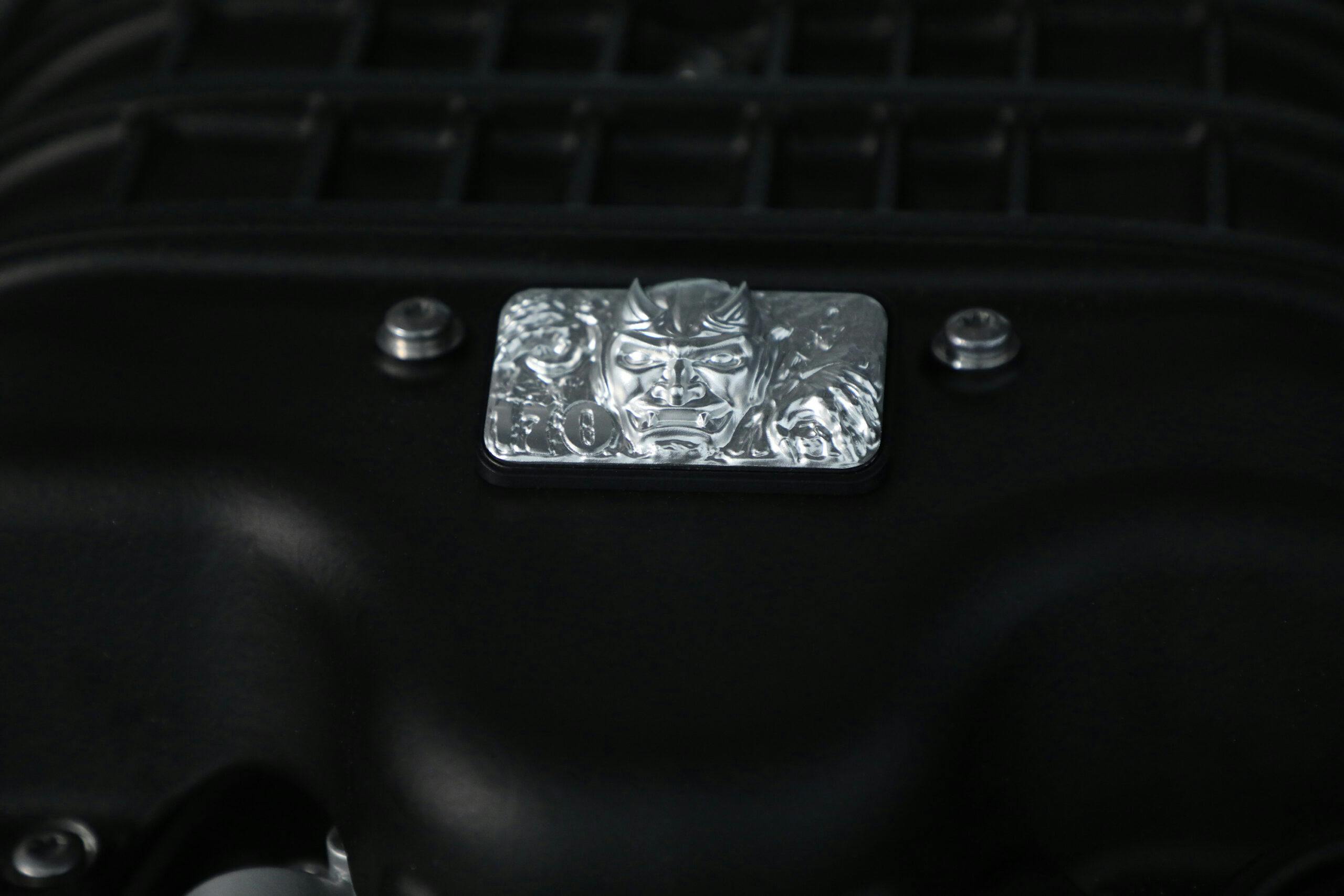
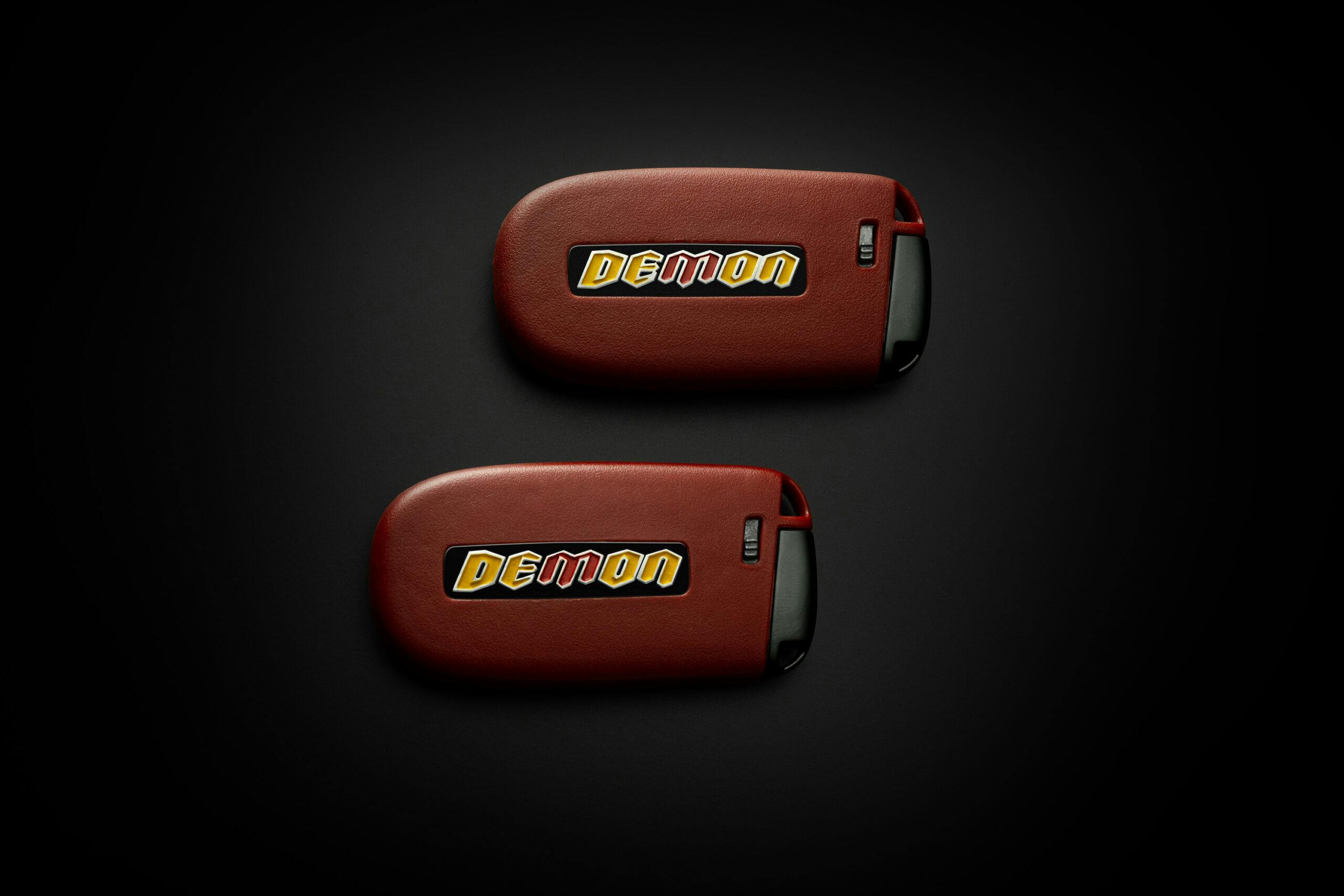
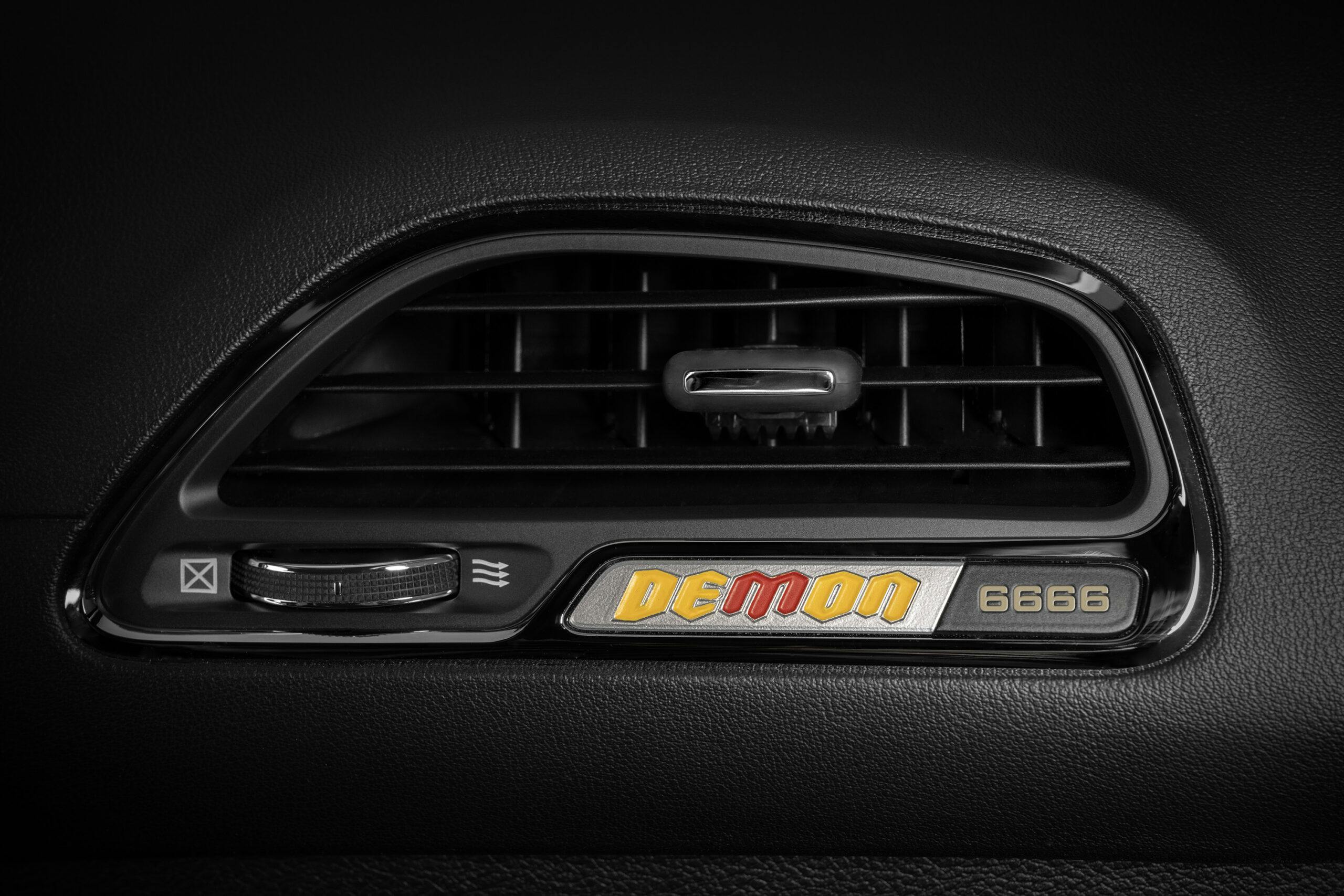

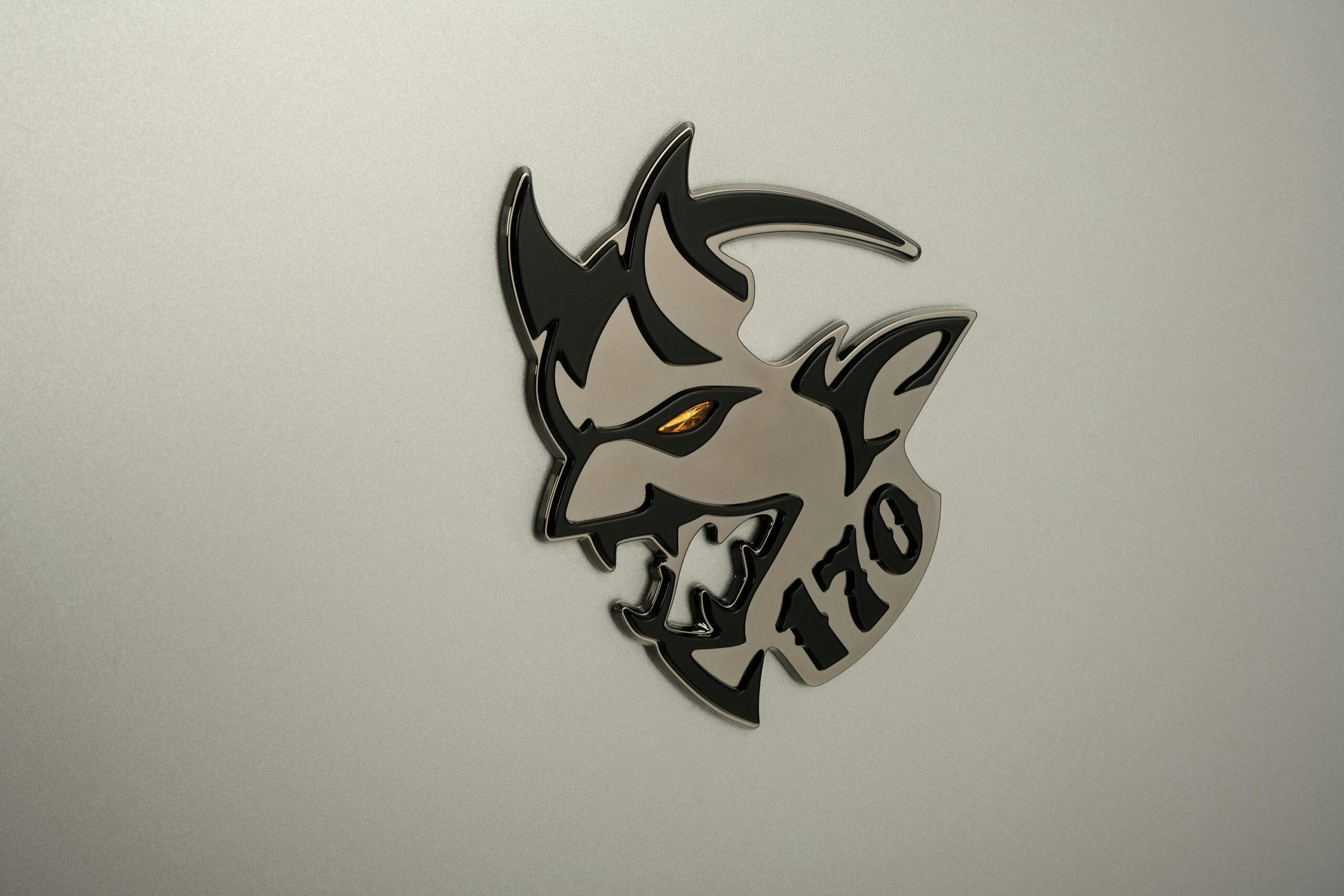

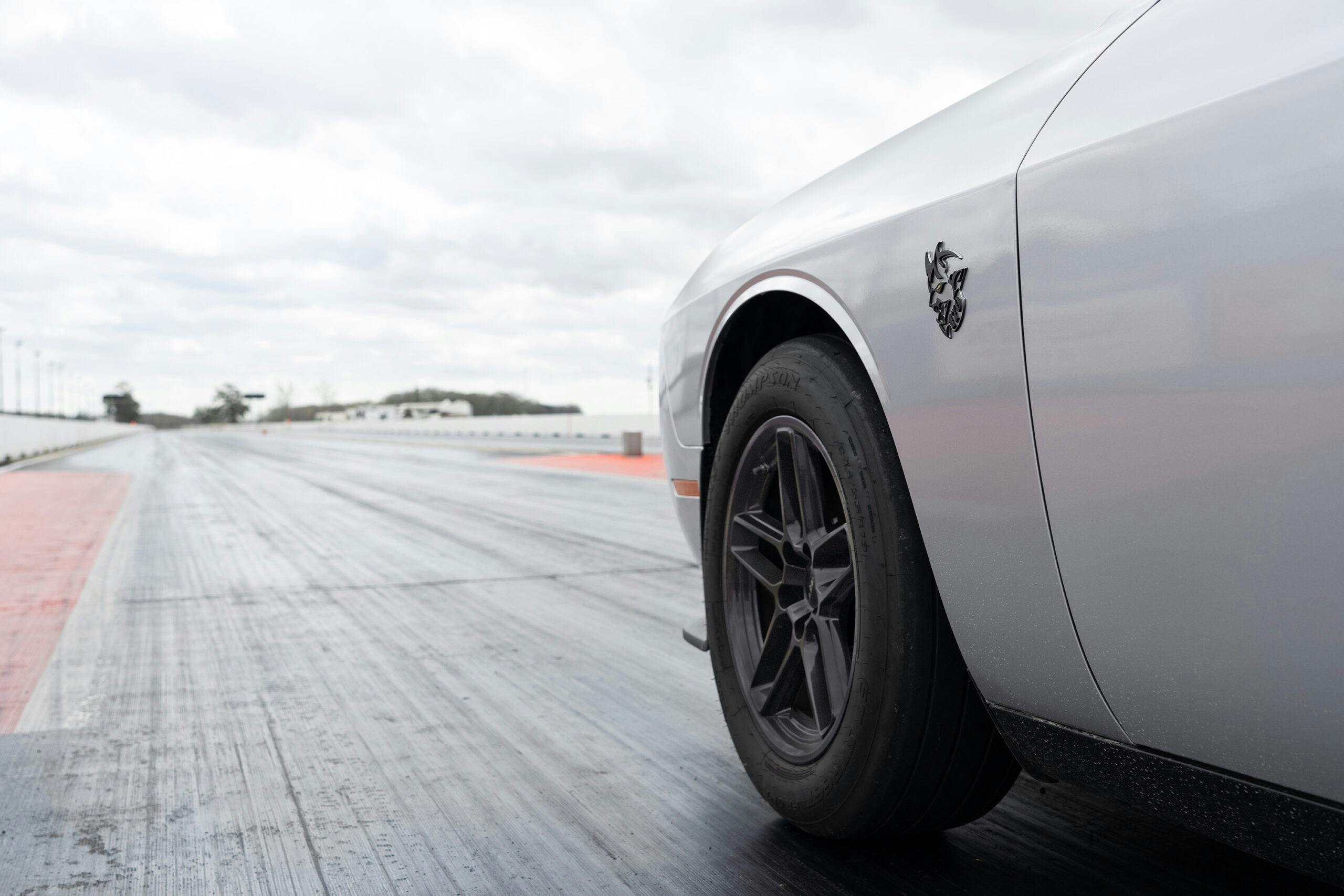
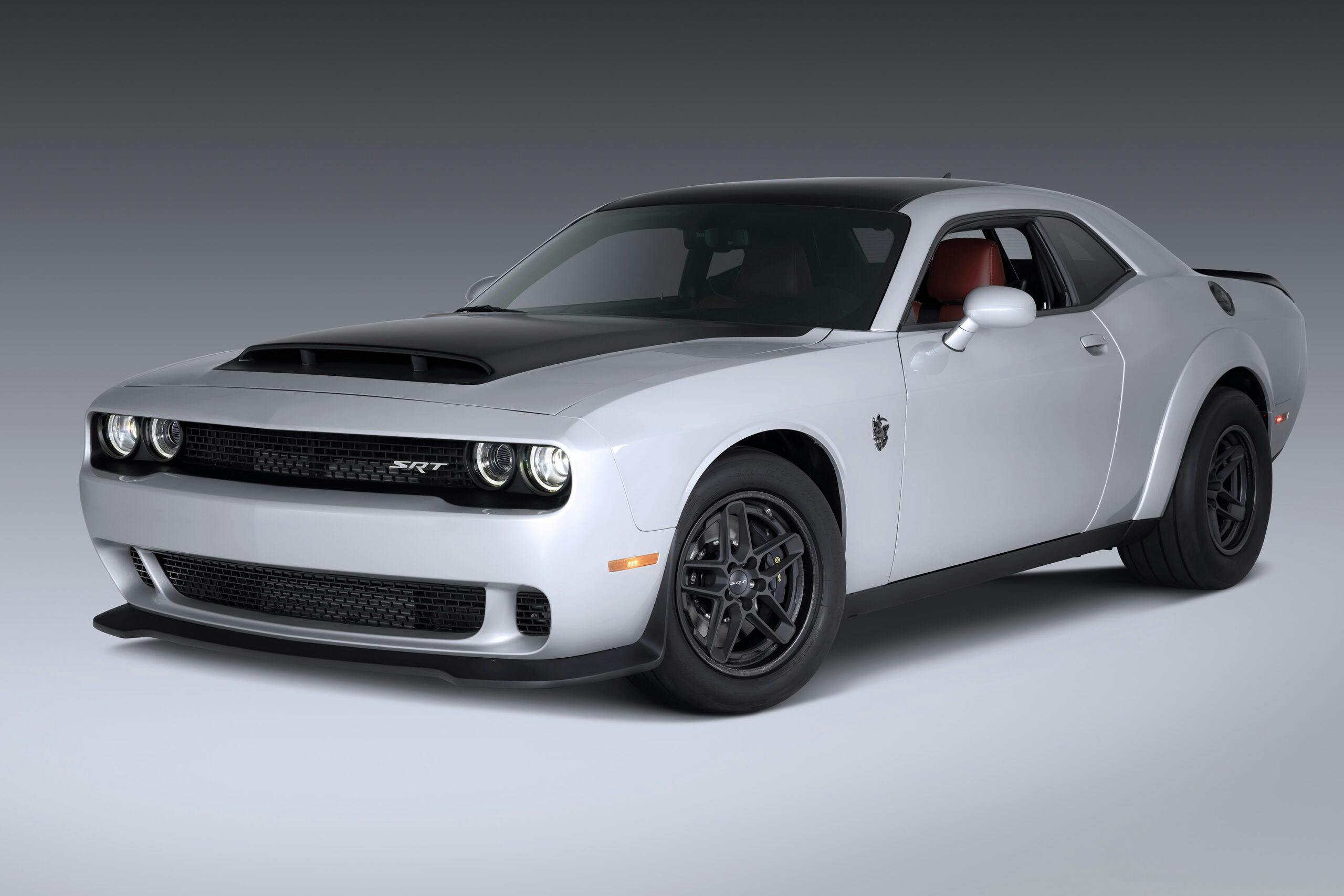
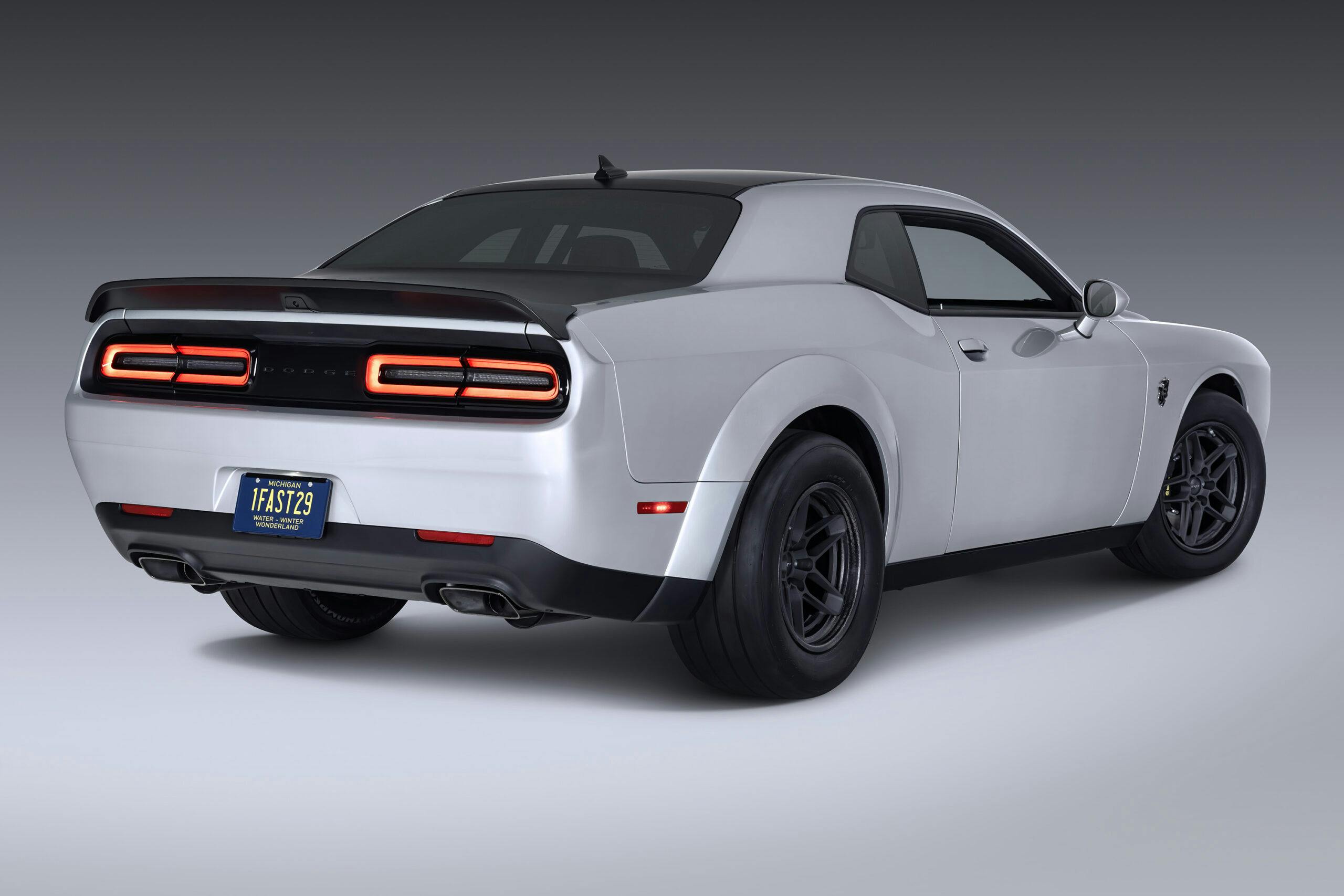
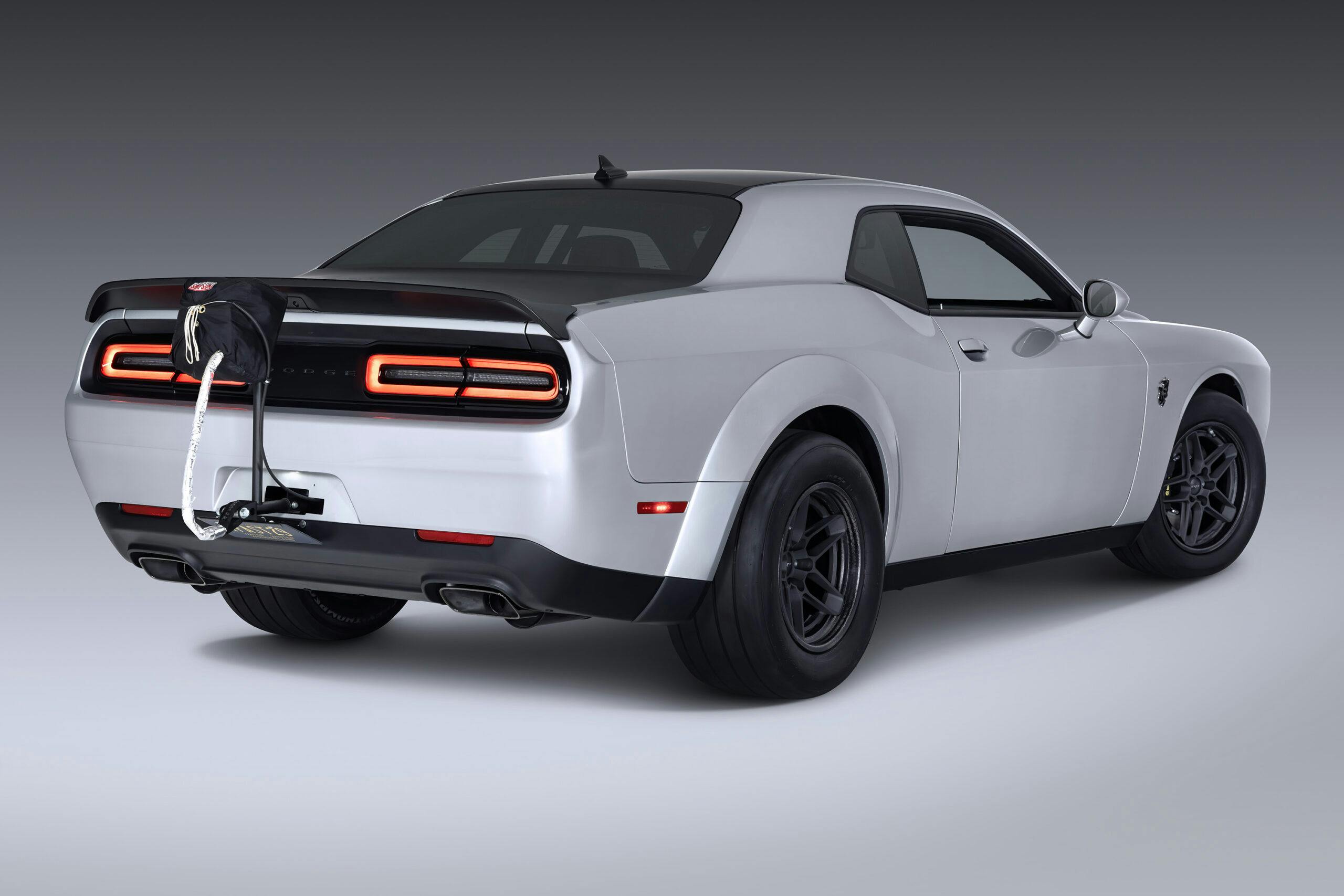
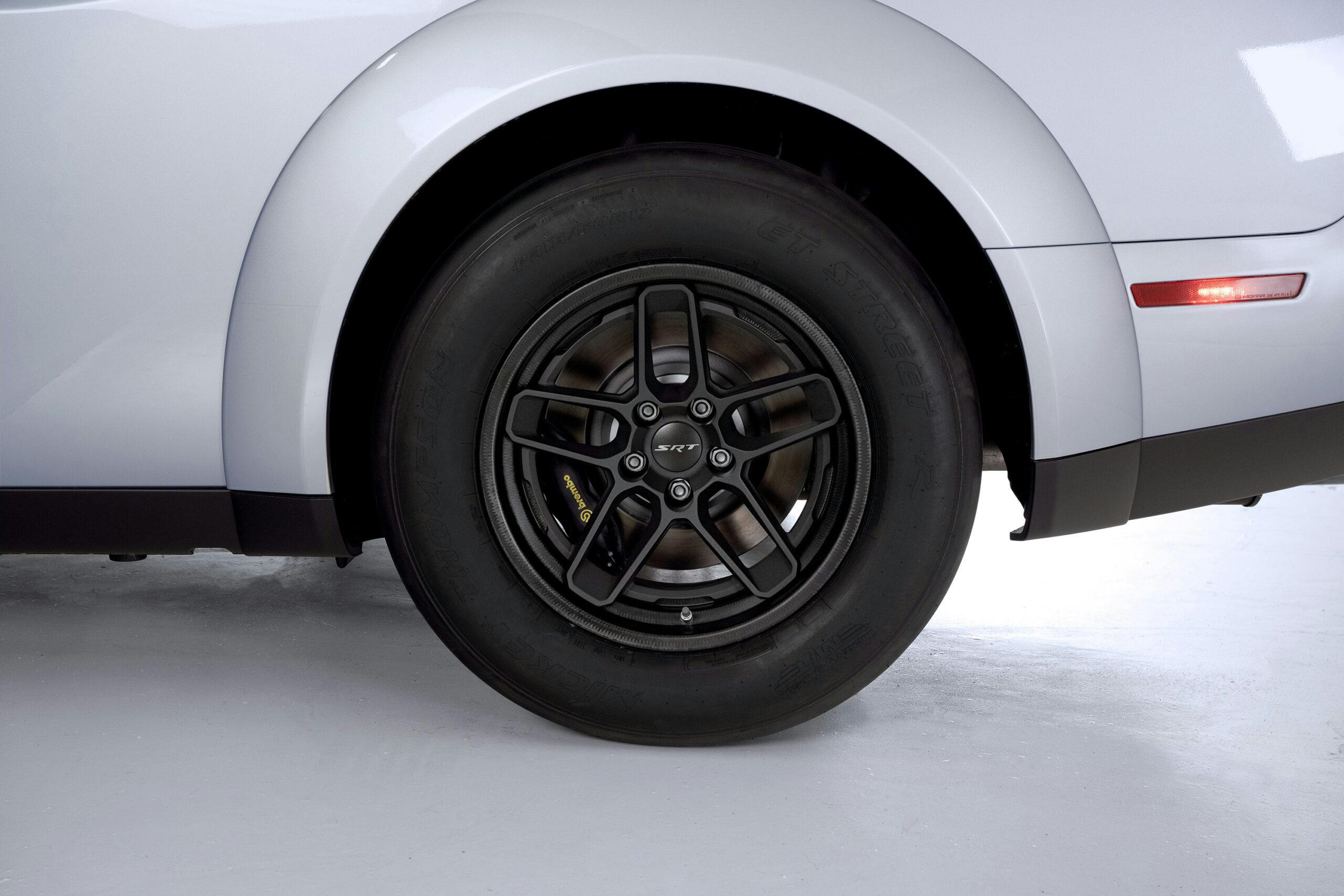

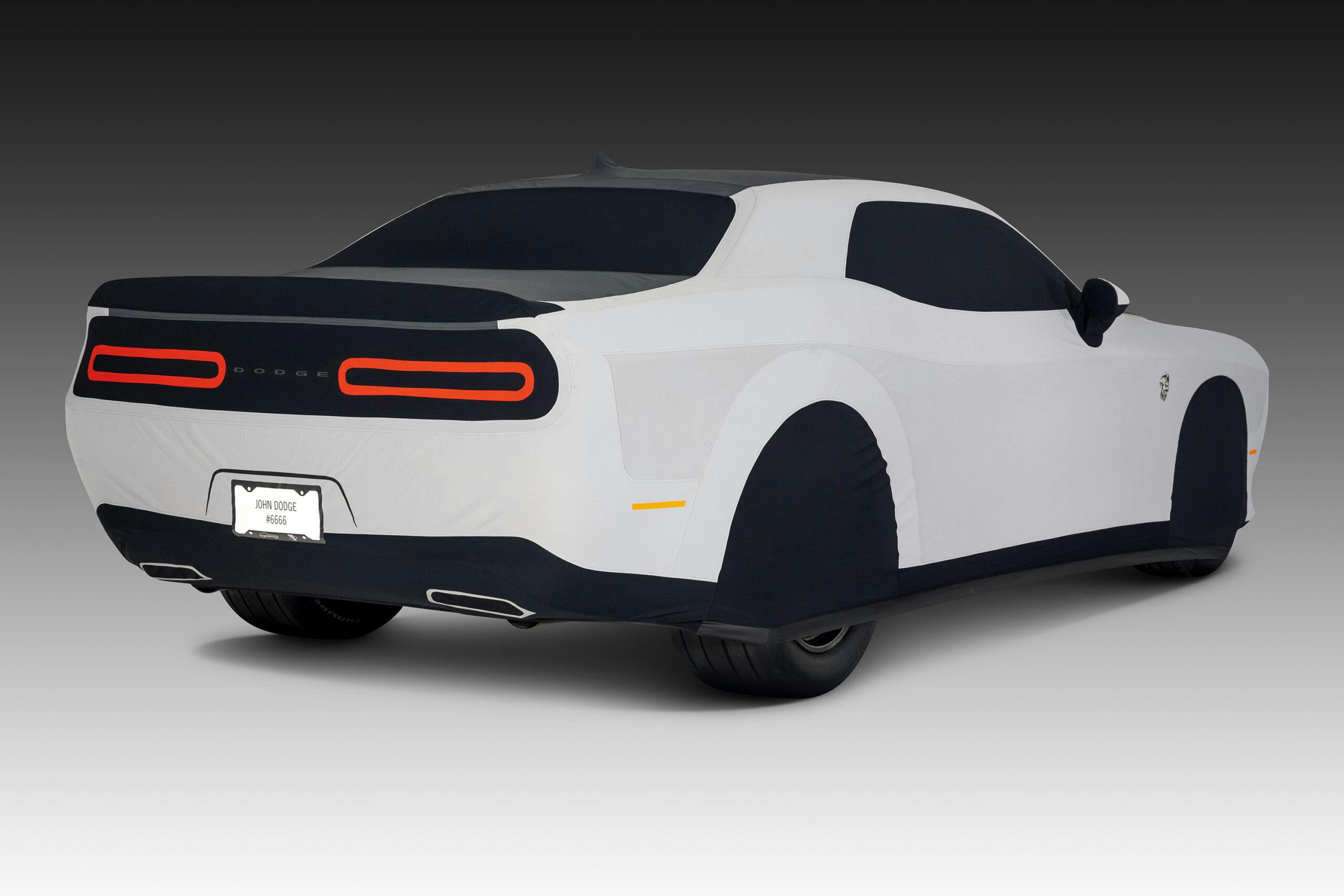
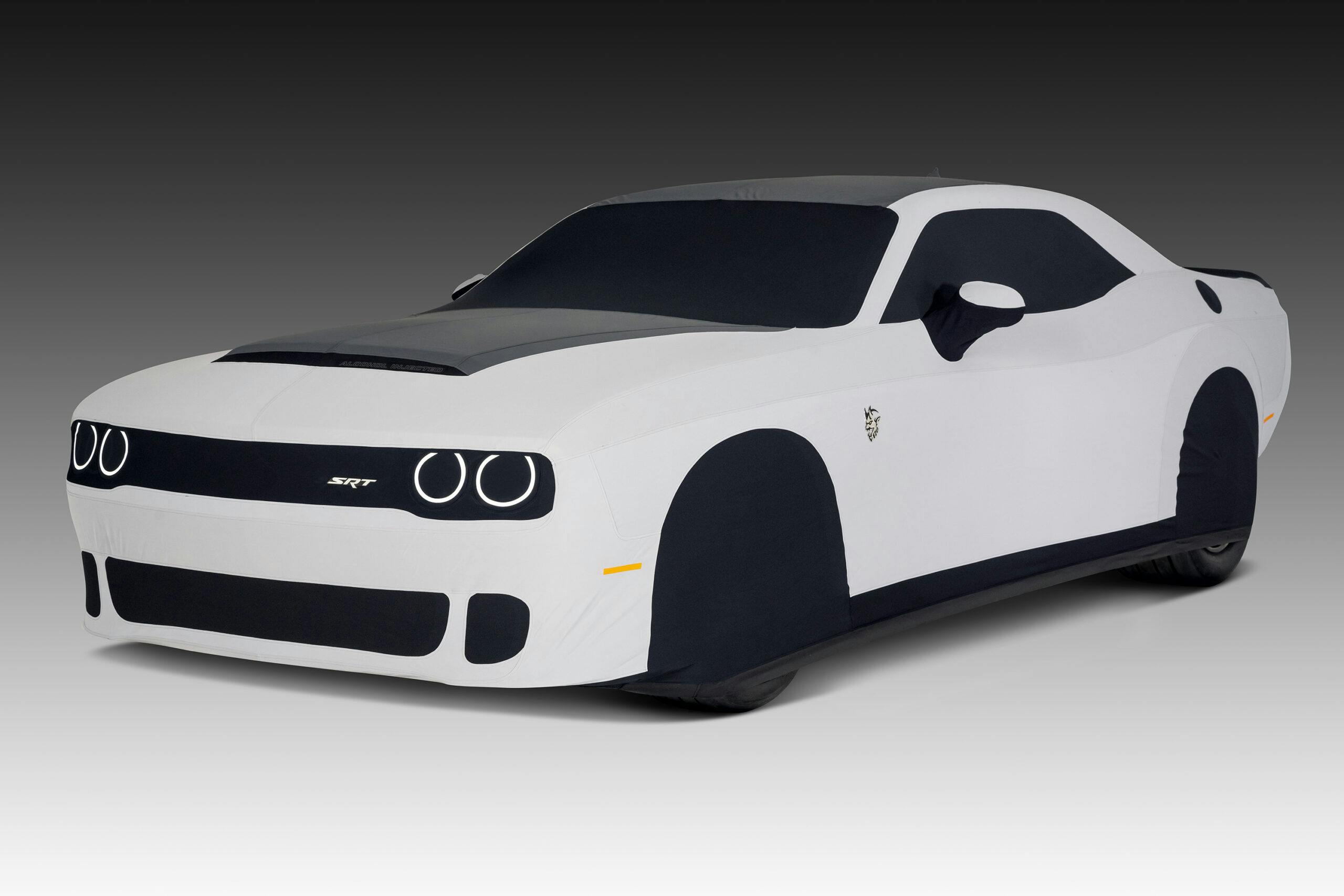
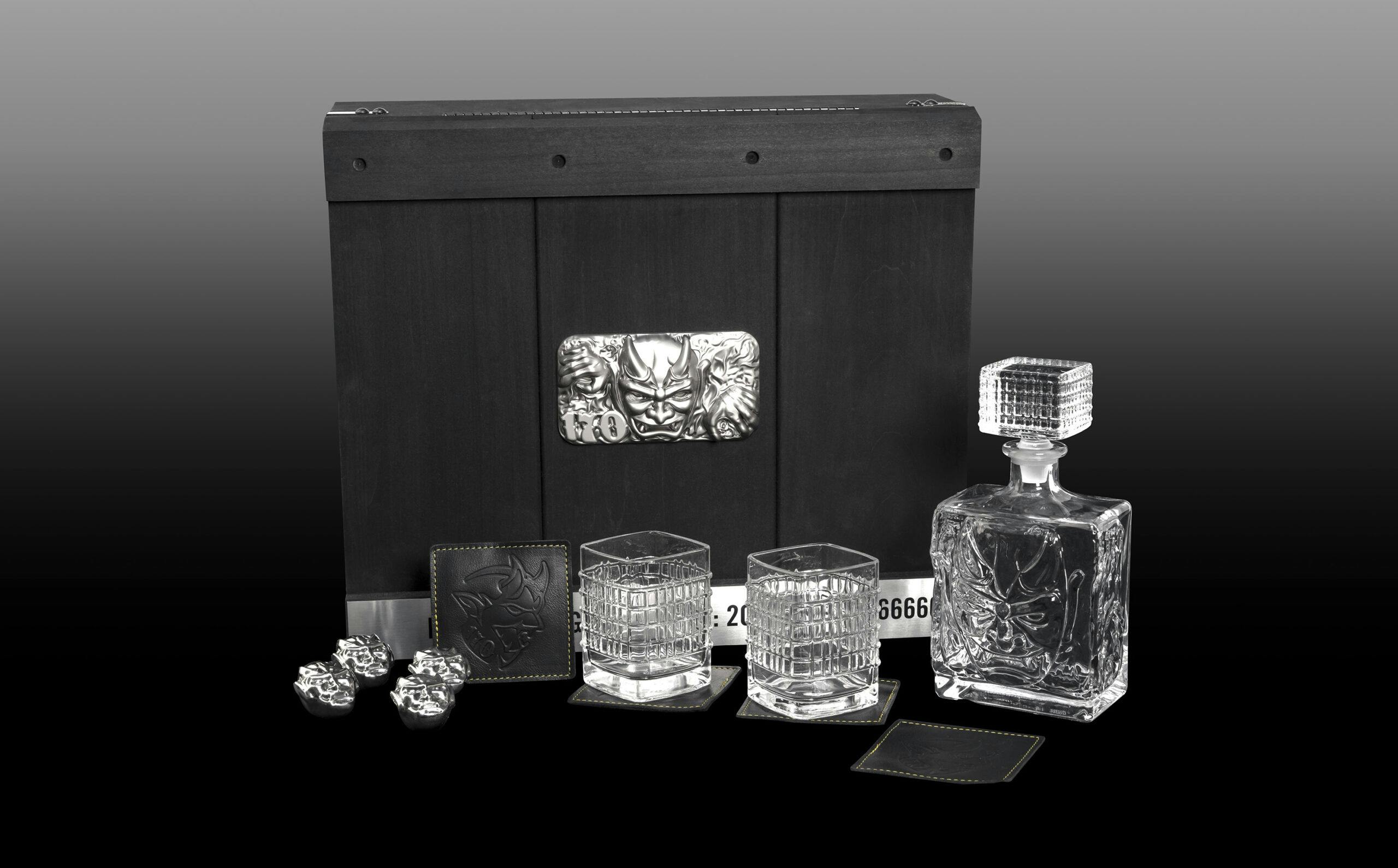
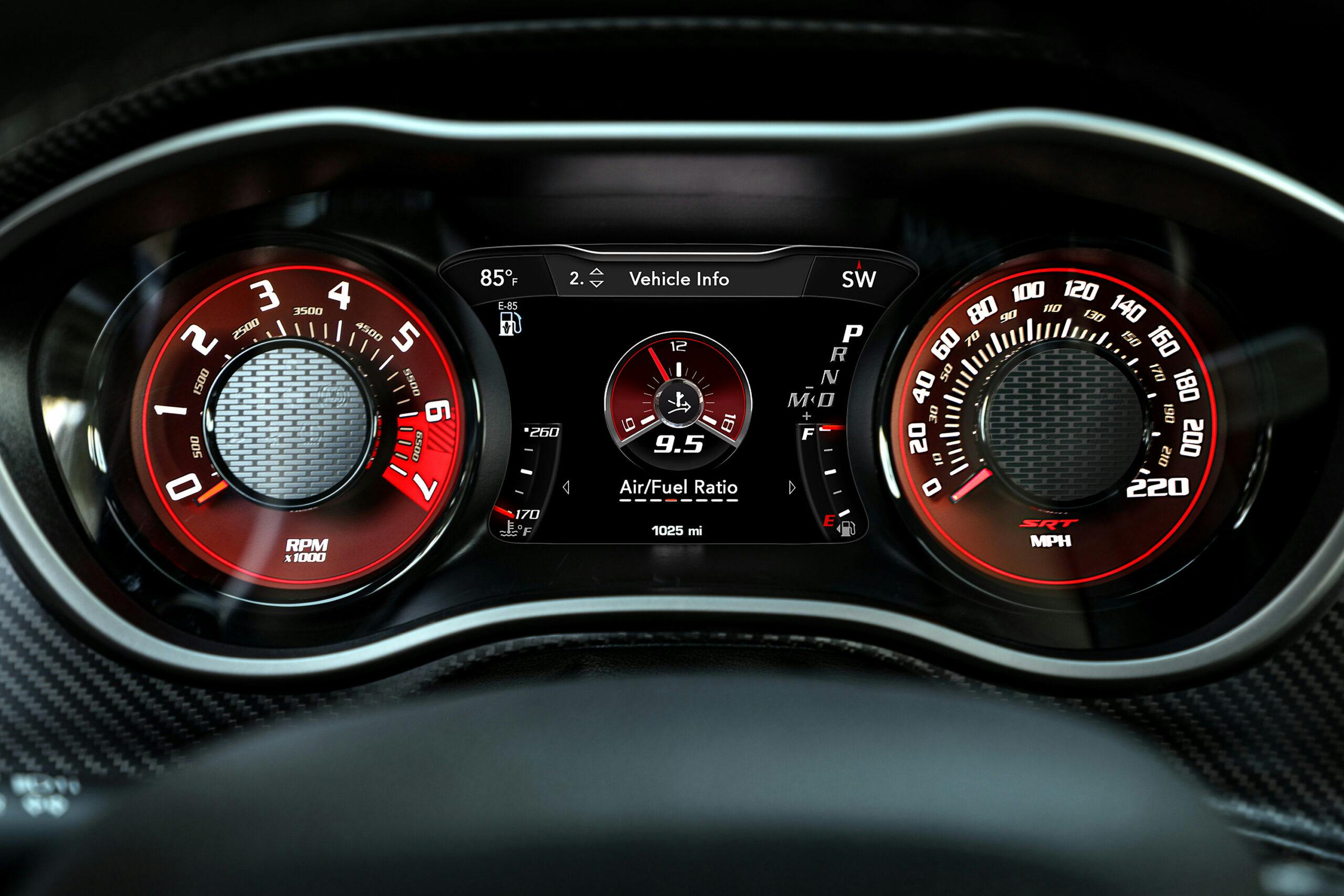
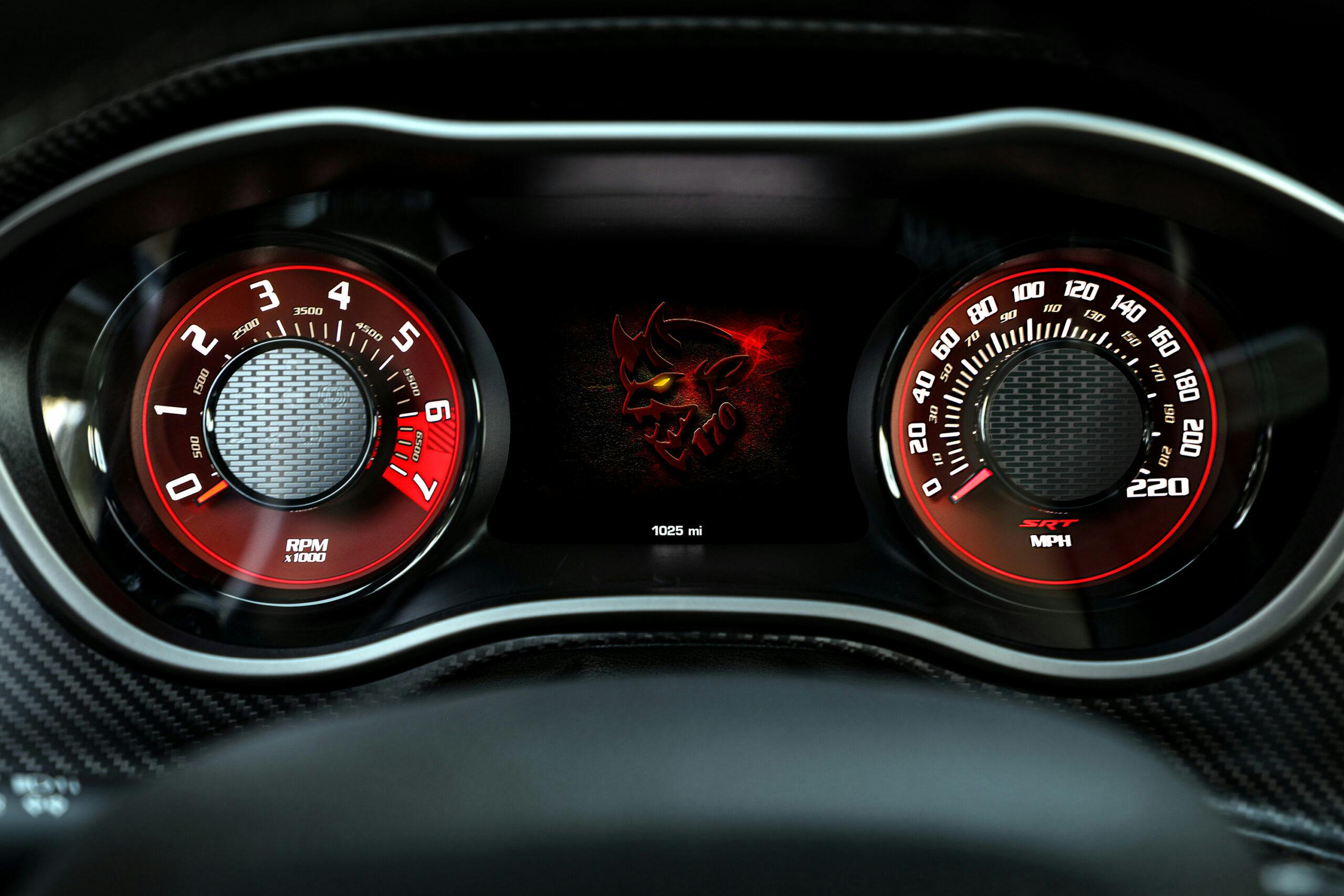
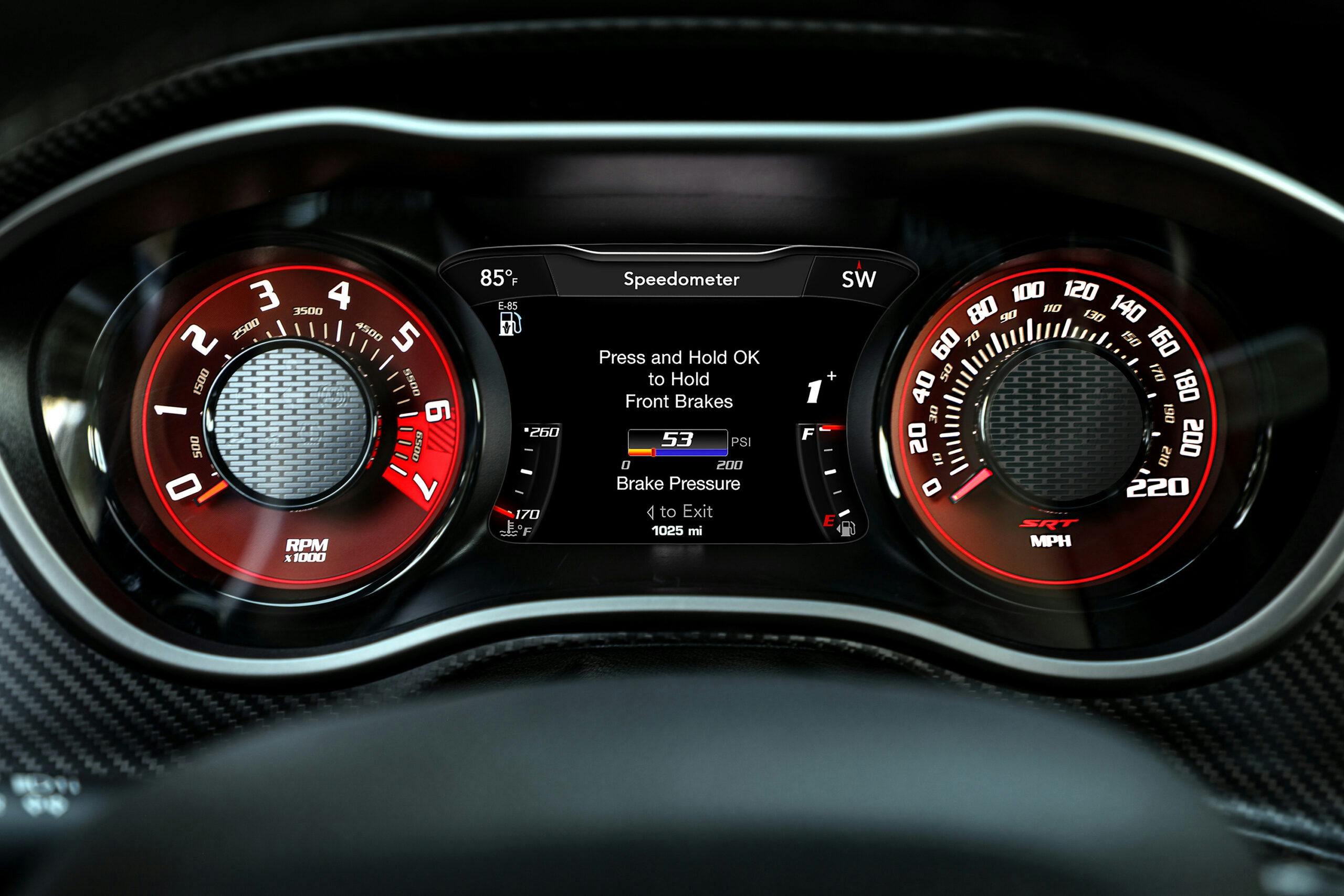
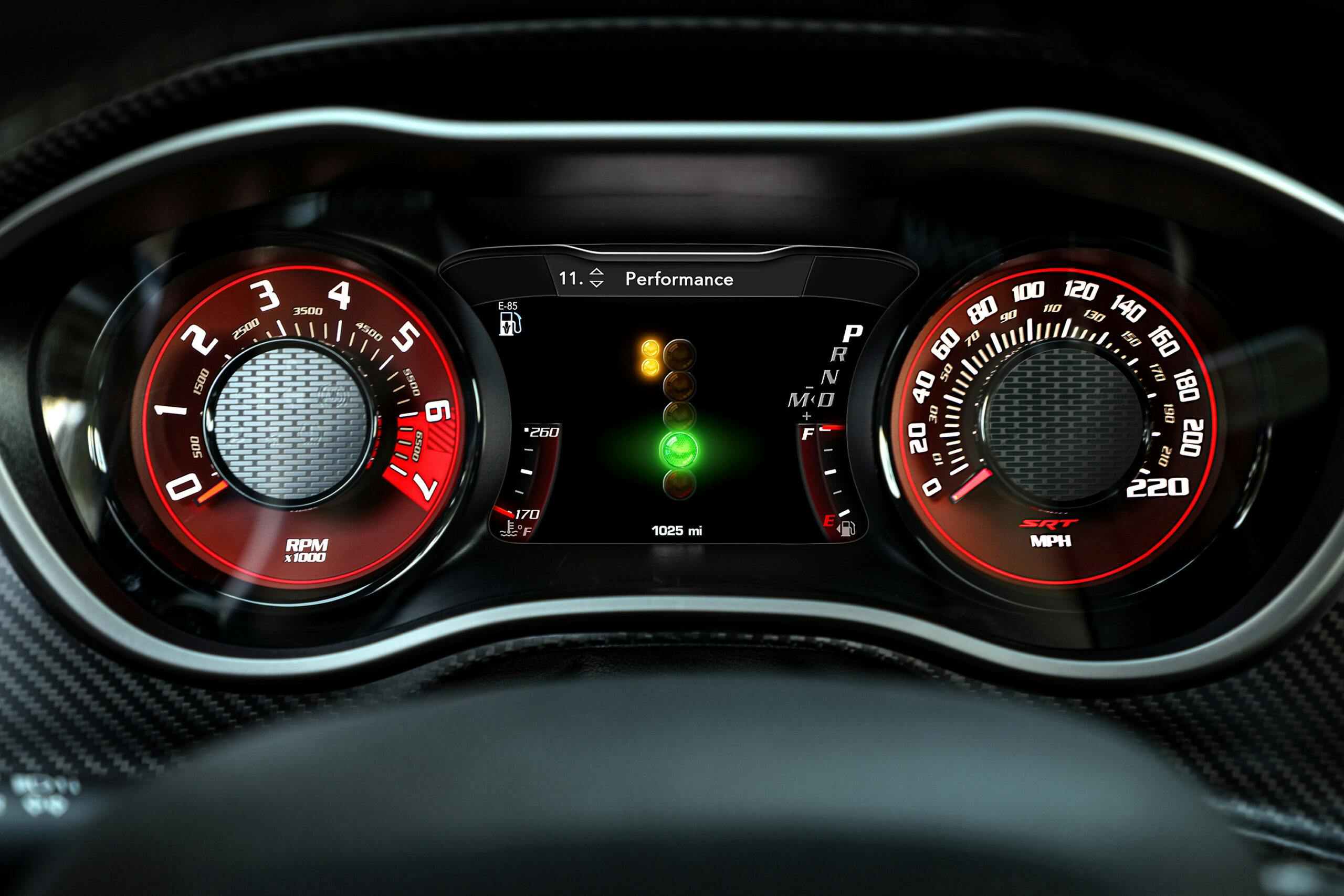

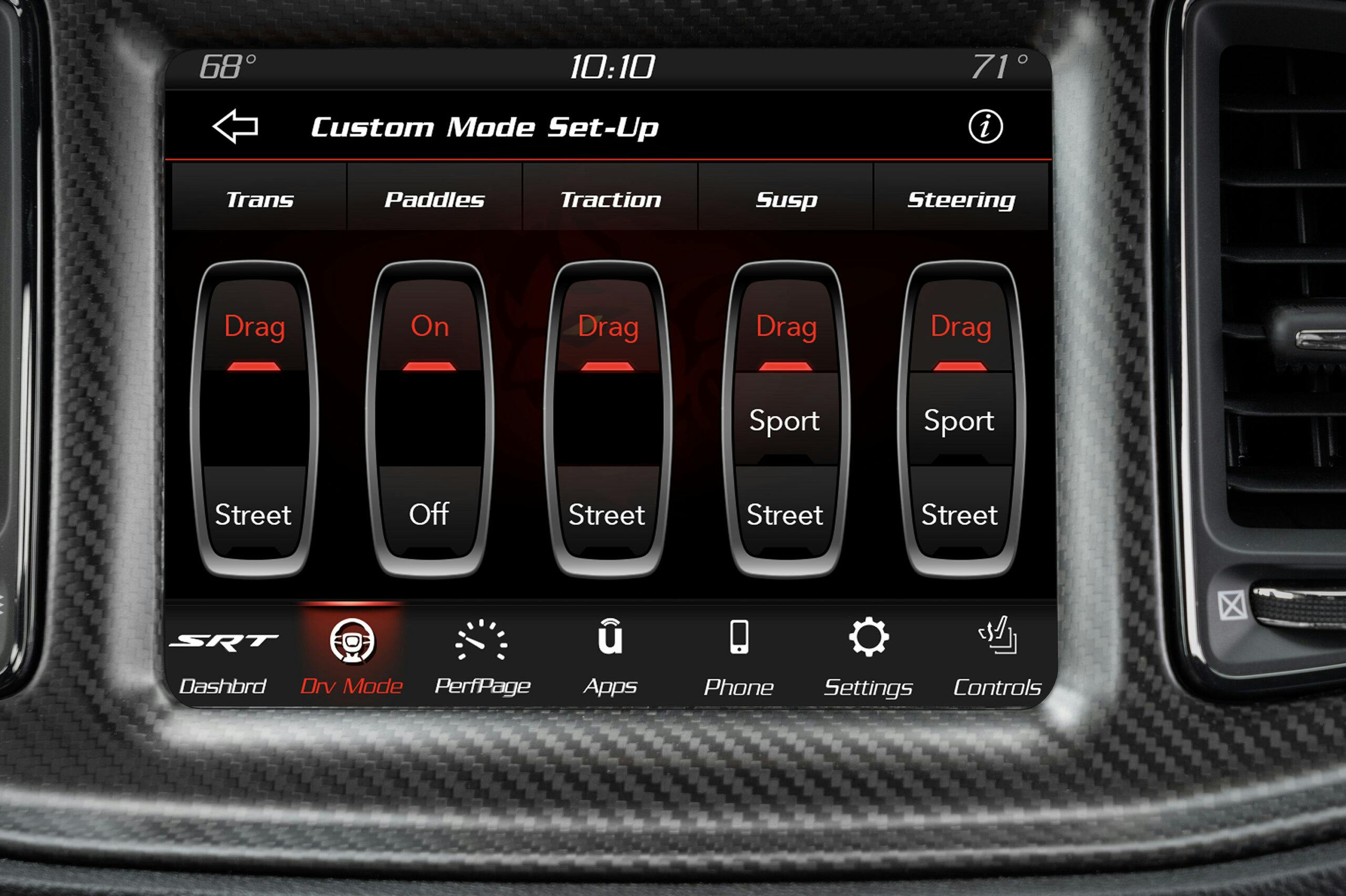
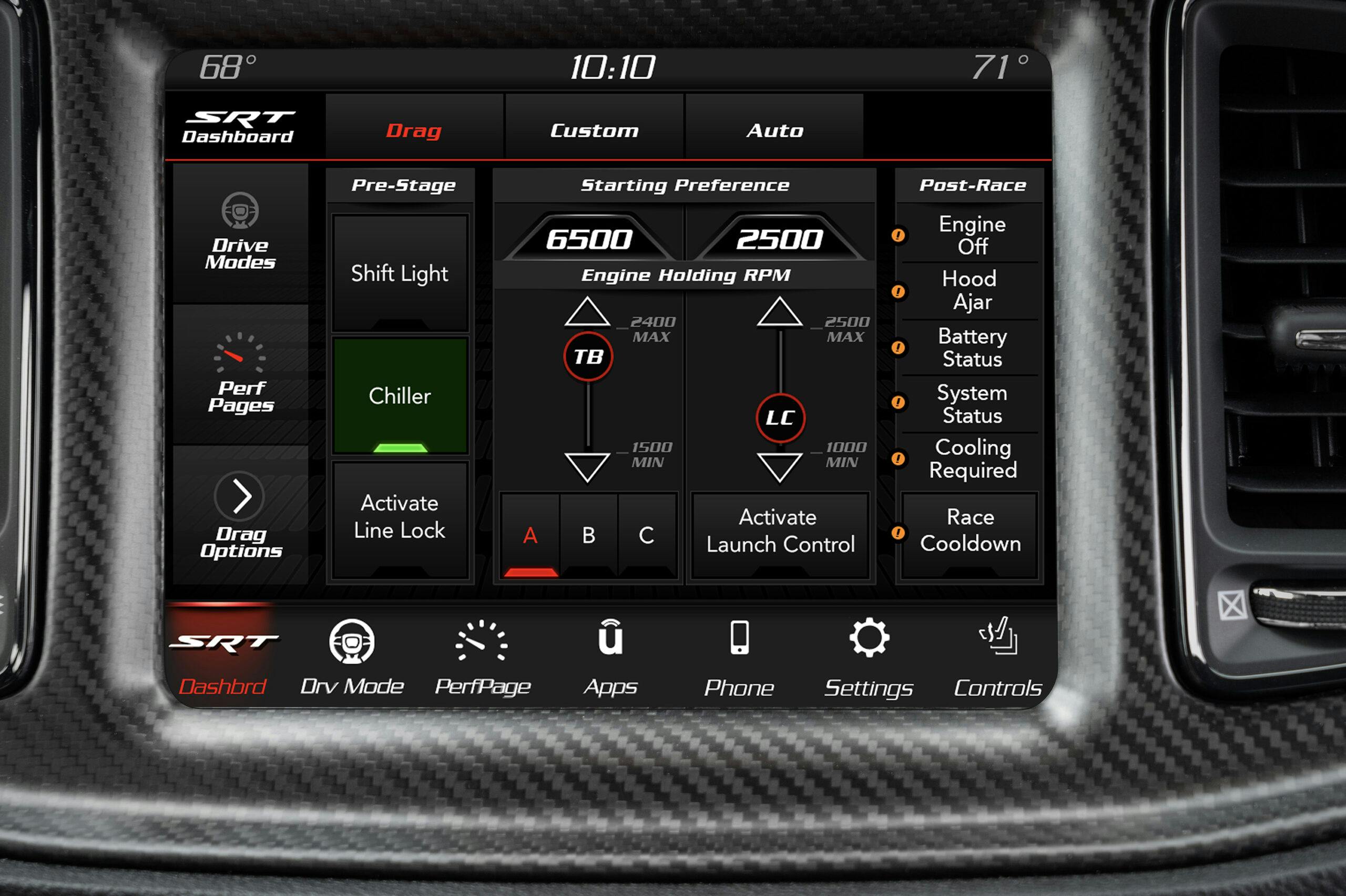
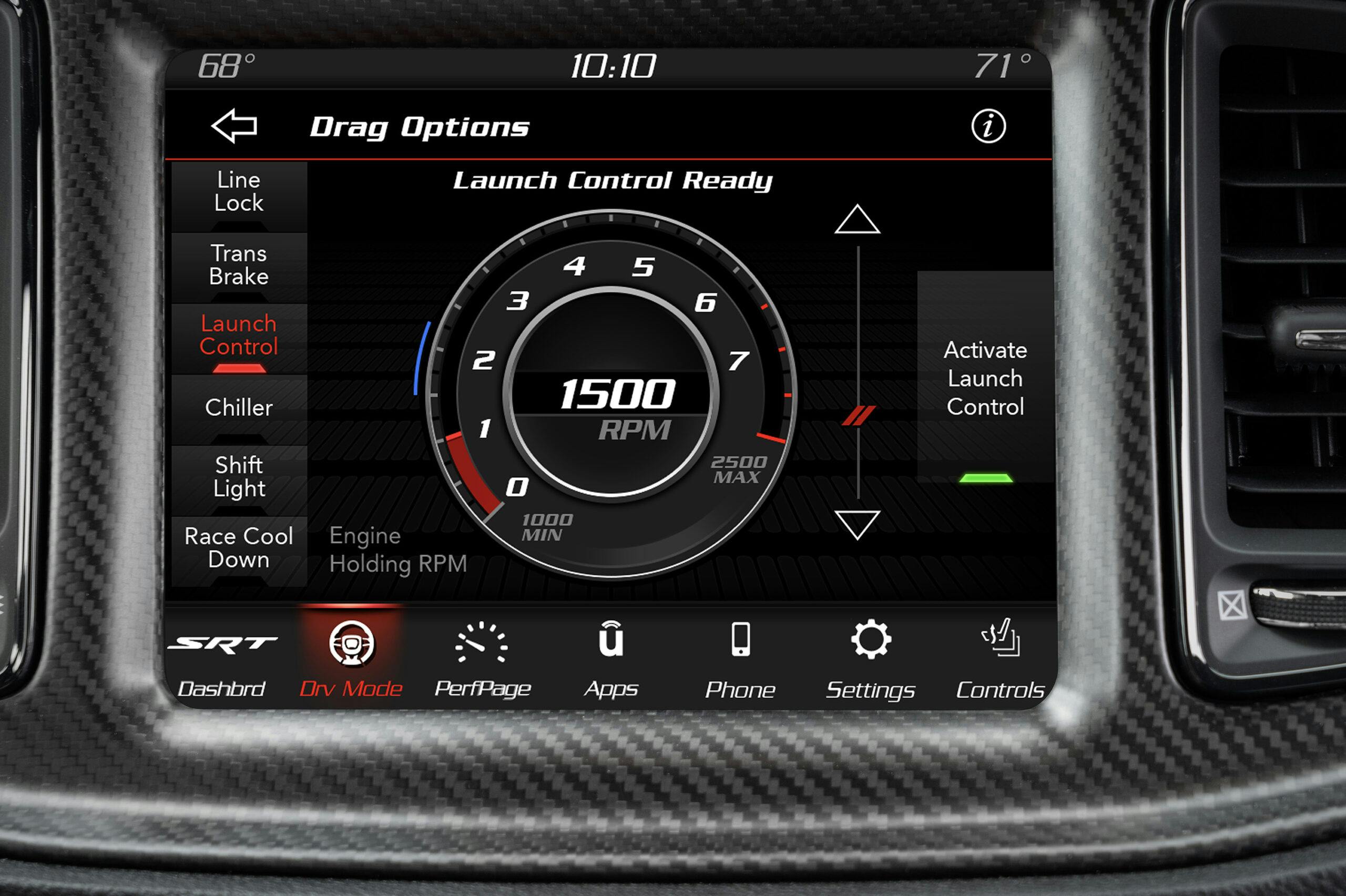
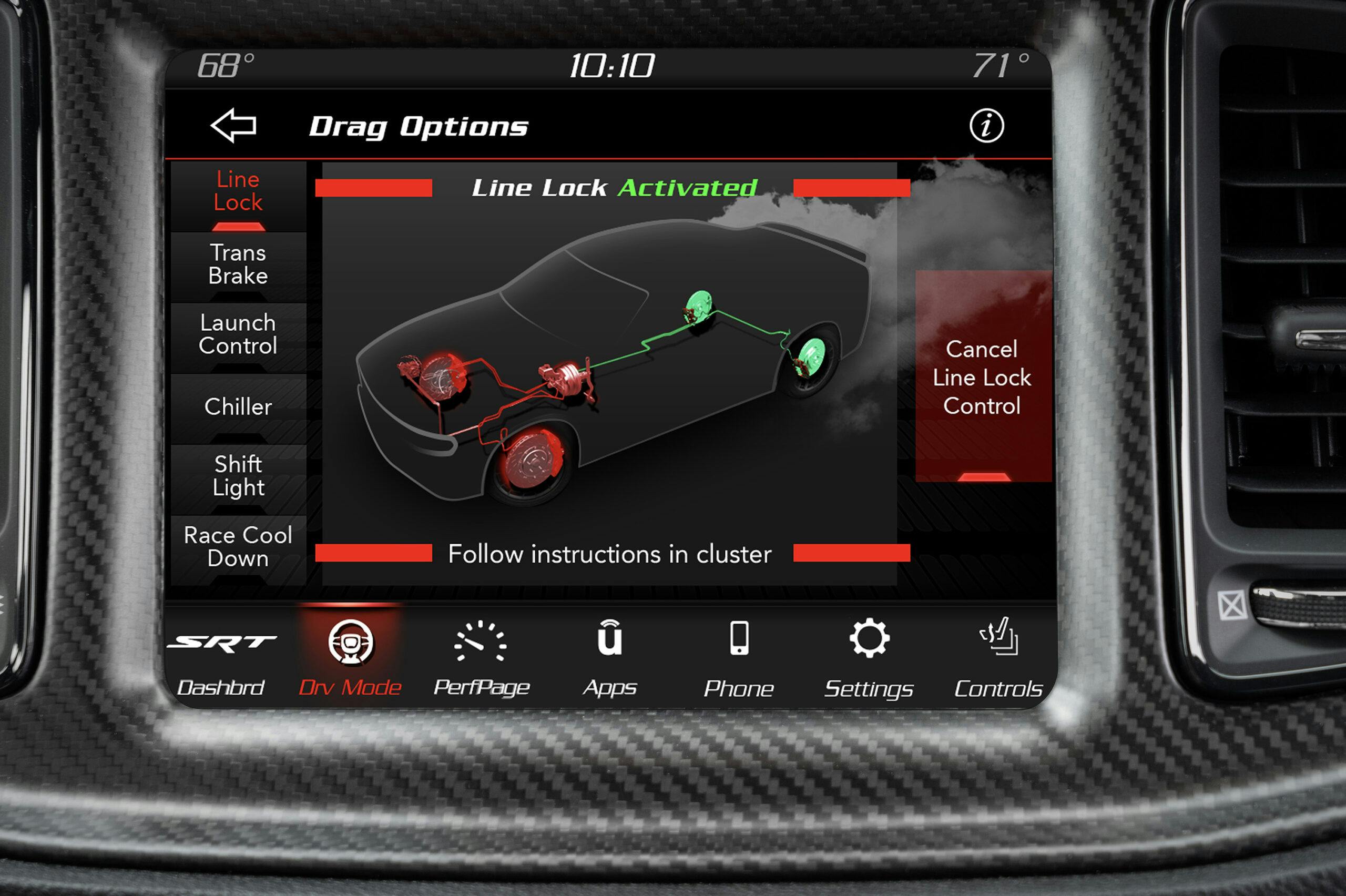
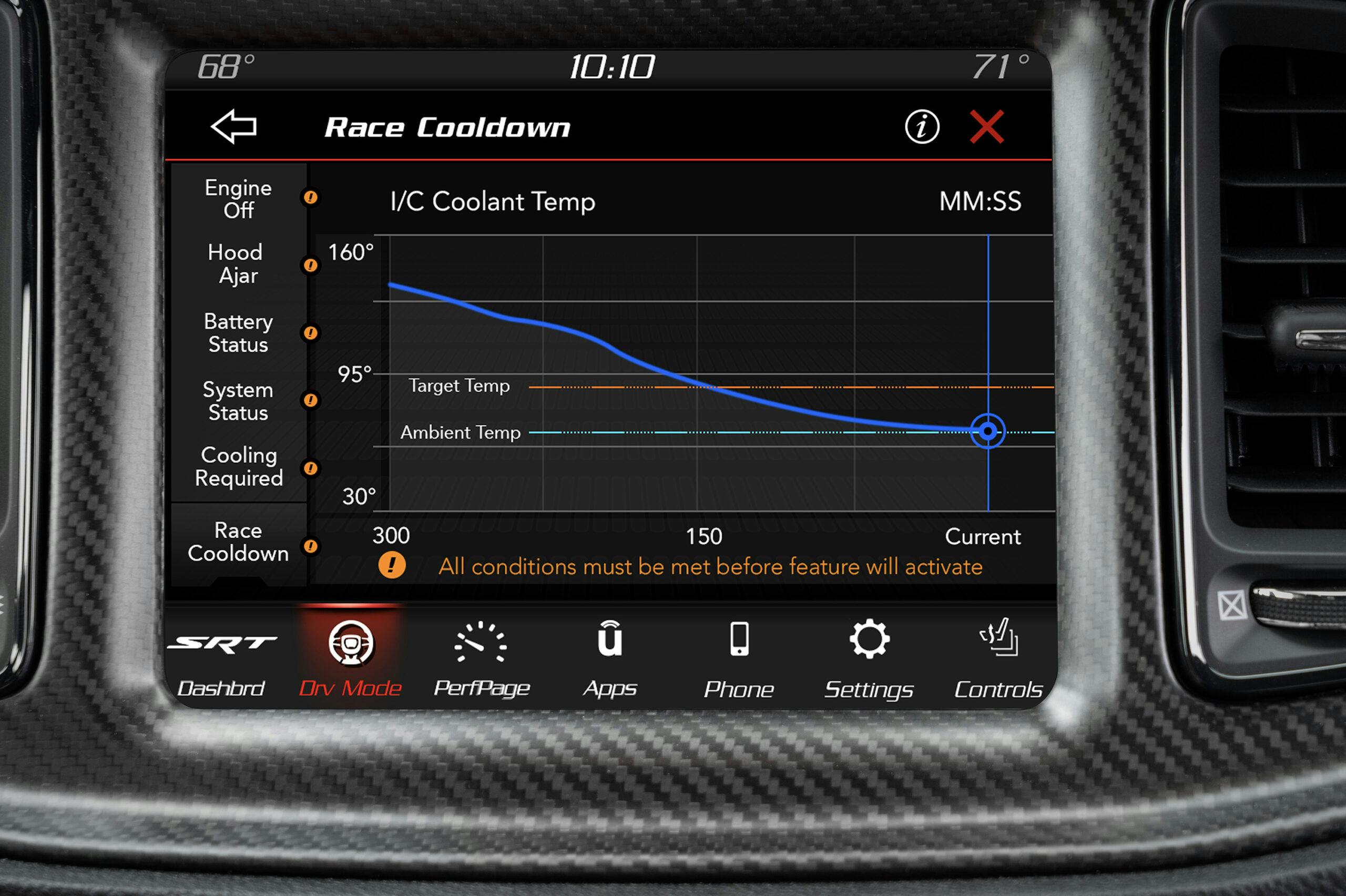
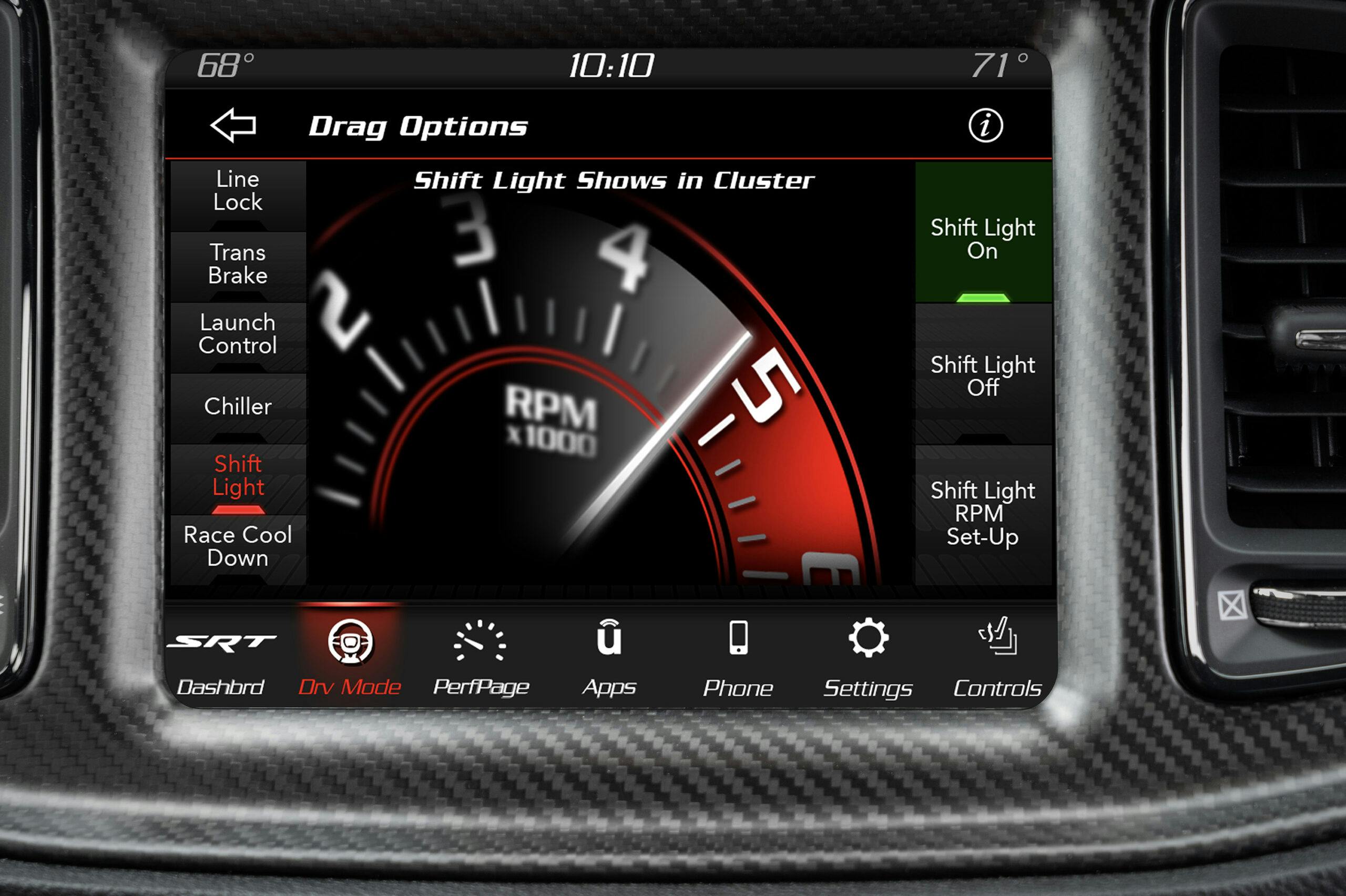
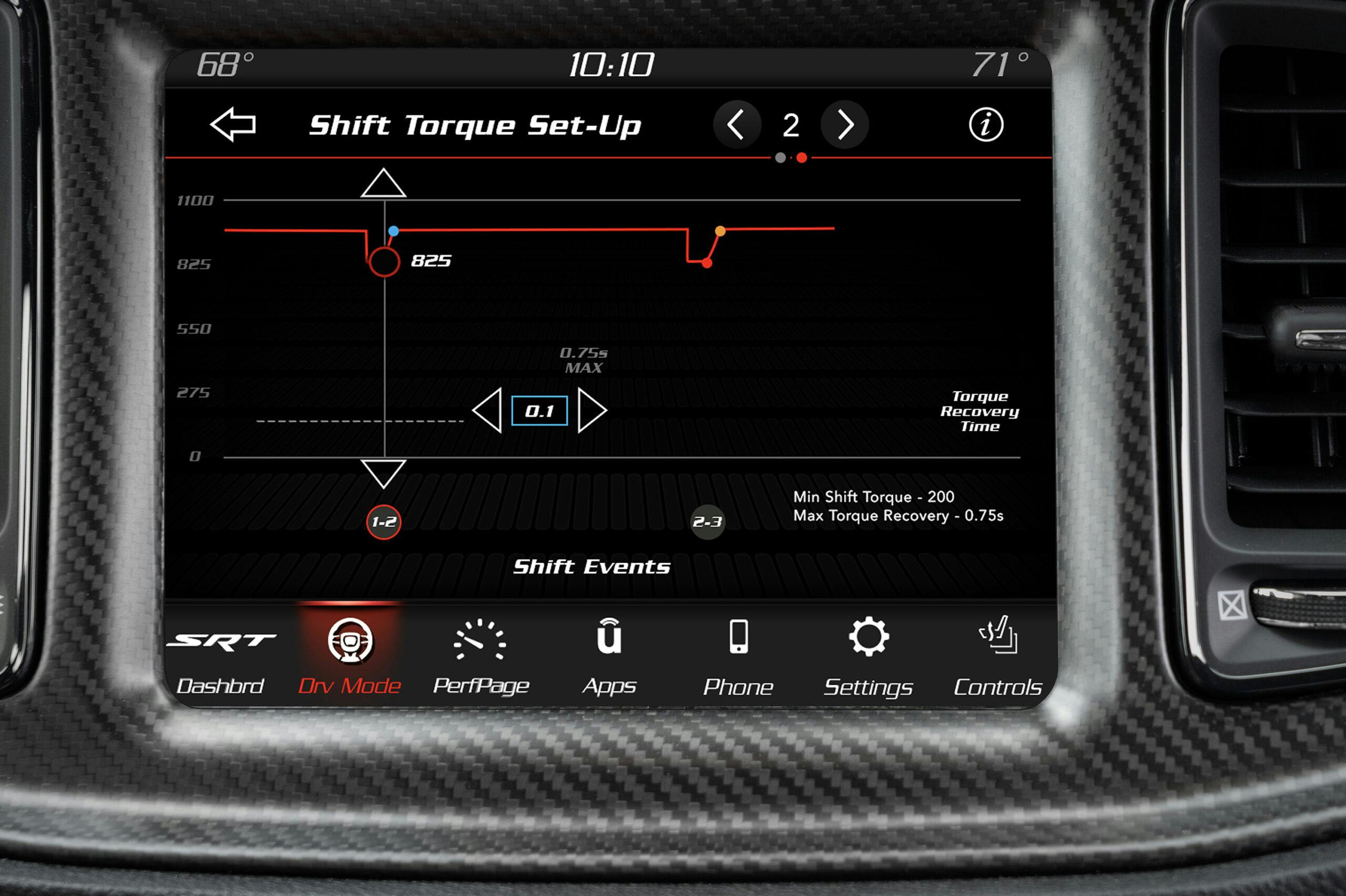
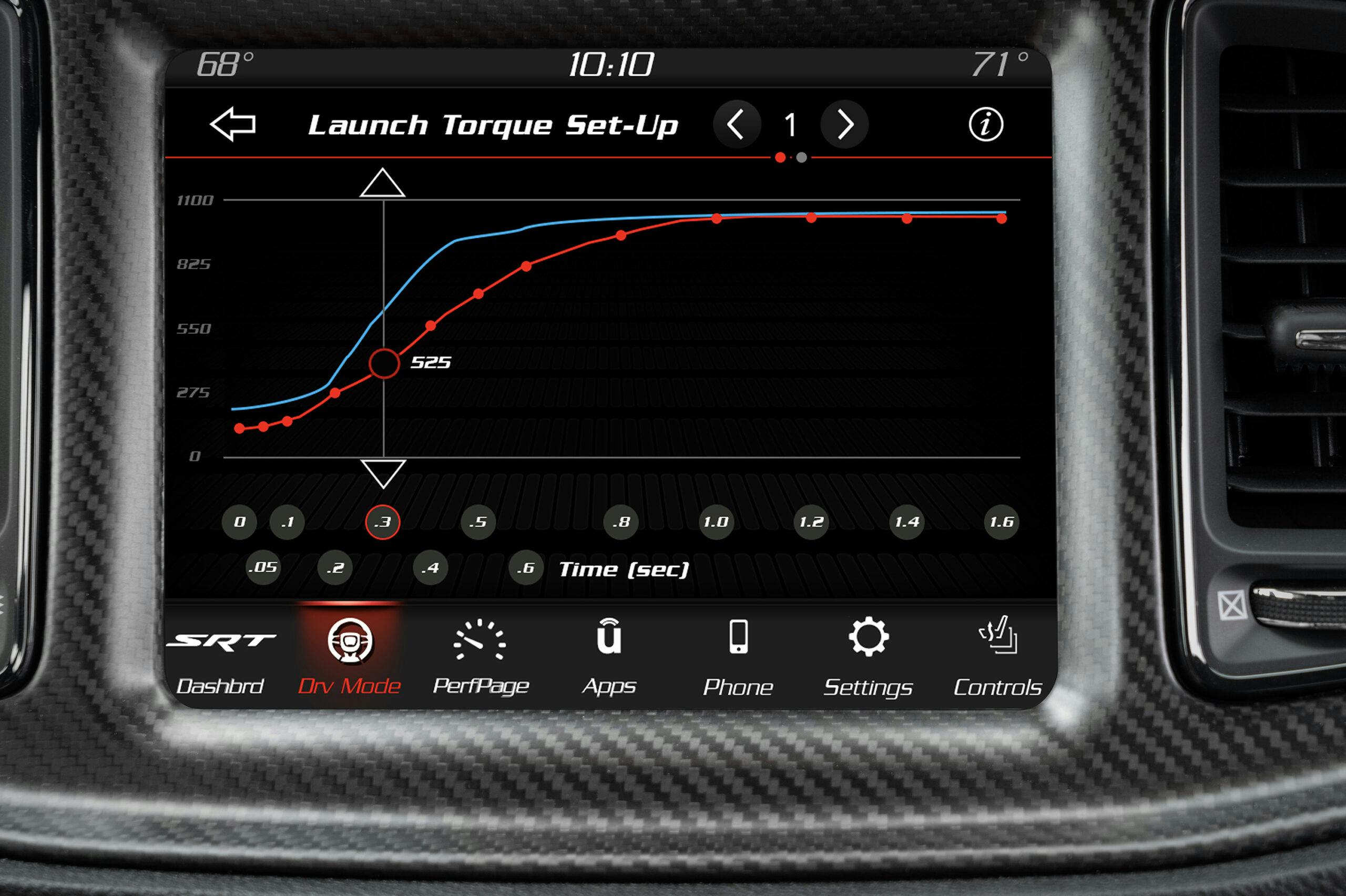
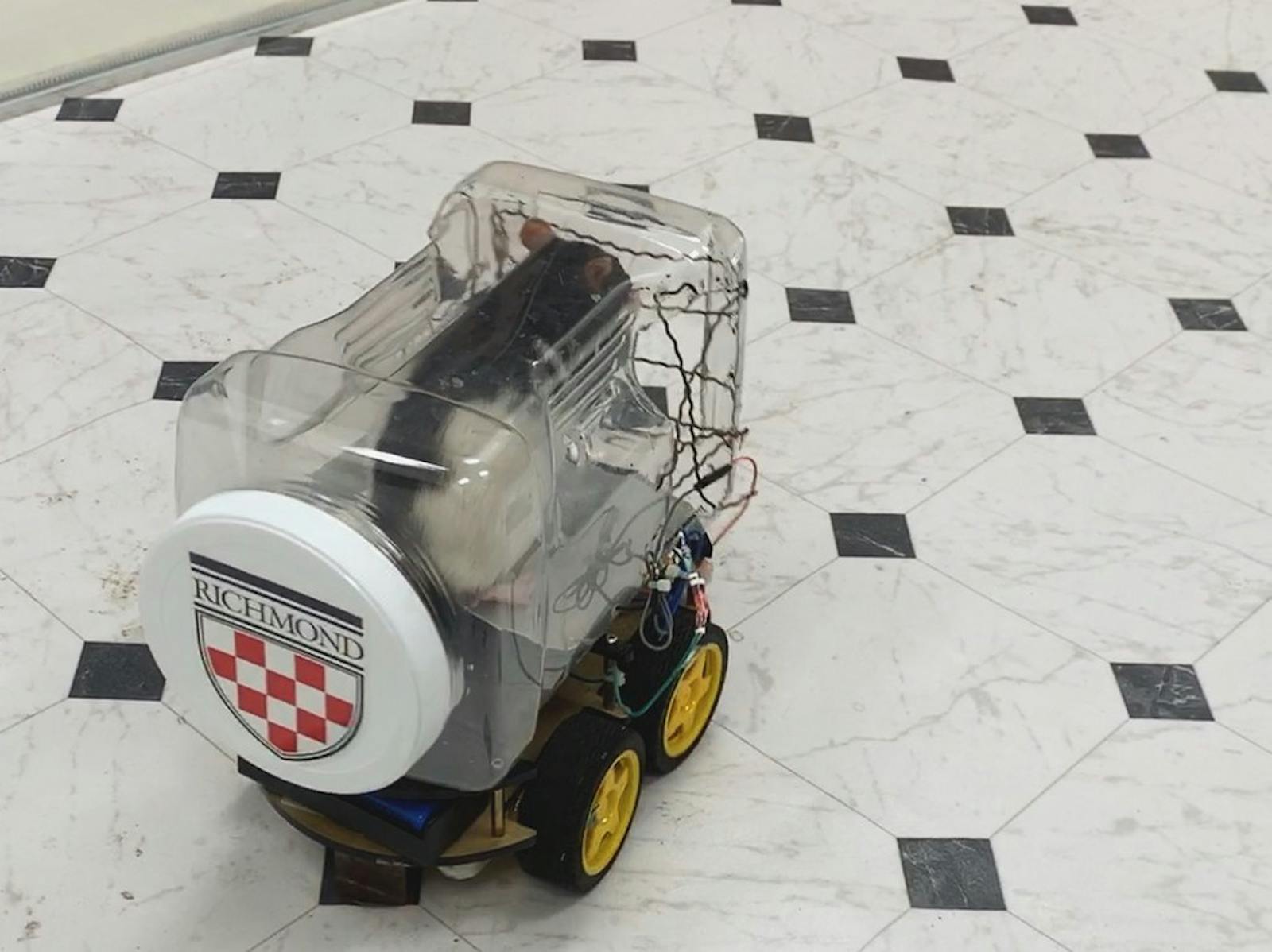

Seems like an outgoing whimper for ICE when Lucid is on-track to sell you a Sapphire EV with 2010 HP later this year. There’s 1340 HP on the rear axle and another 670 on the front axle. And you can drive the Lucid on day trips and commutes all you like, no sweat. And the Lucid will cream the Demon child on drag strips AND in the twisties. I predict that the Octane Apes will be SCREAMING BLOODY MURDER about needing E85 to produce full power. They claim to H-A-T-E alcohol in their fuel, even after you carefully explain, in 5th grade-level English, the advantages of alcohol in race fuel. Oh, the Lucid will probably sticker-price close to double the cost of this Demon… so on a dollars-per-horsepower basis, similar pricing. But it does put the Lucid into “dream car” pricing if you can’t afford to pay cash.
I considered buying one until found out dealer markup, IF Dodge can’t control the markup, I will stick with Chevy even the lower HP for now they still have plenty HP for the street.
A lightened Tesla S Plaid has better 1/4 mile numbers.